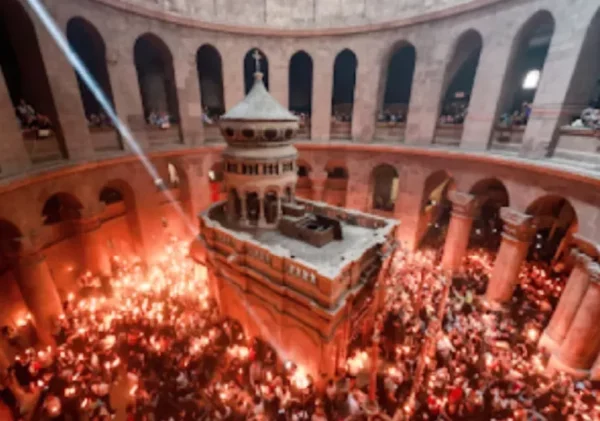Visiting the Essence of Visita Iglesia: A Traditional Christian Pilgrimage
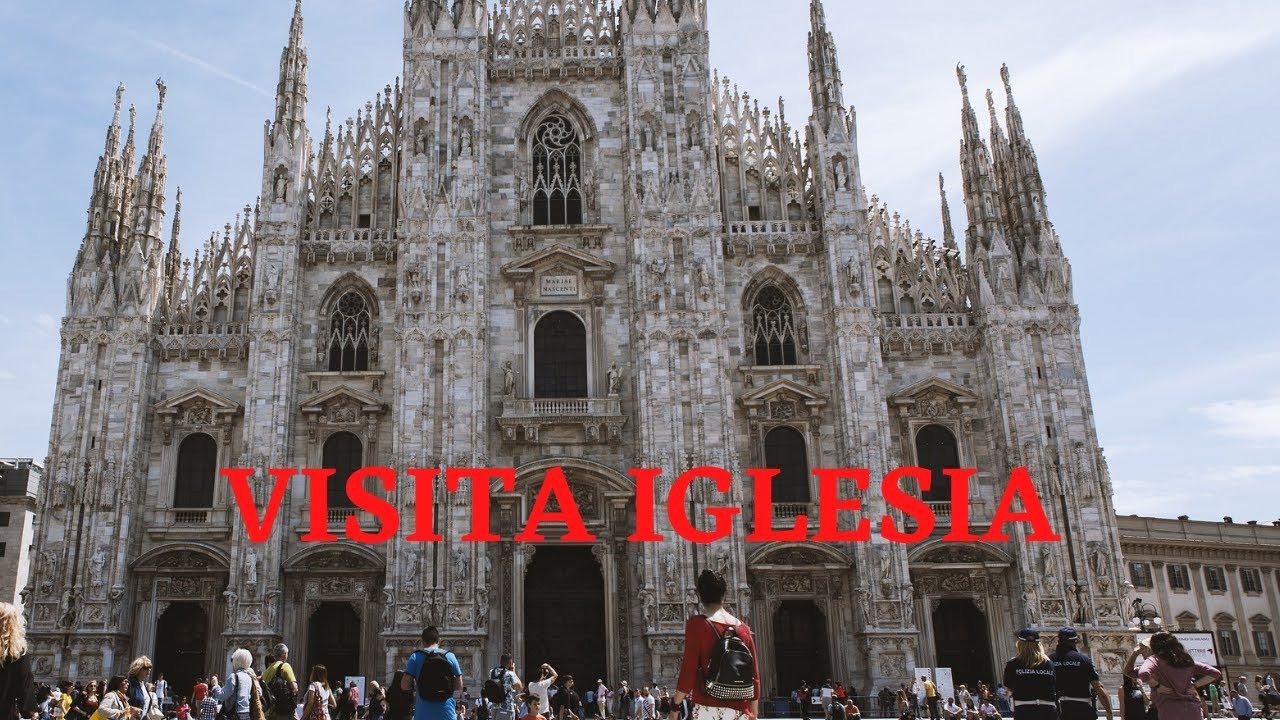
SHARE
Visita Iglesia, a Spanish term translating to “Church Visit,” is a sacred tradition observed primarily by Catholics, particularly during the Lenten season, leading up to Easter Sunday. This pilgrimage involves visiting seven different churches, although some variations extend to 14 or more, symbolizing the Stations of the Cross or the 14 stations commemorating Jesus Christ‘s last day on Earth as a man.
Origins and Significance
The practice of Visita Iglesia finds its roots in the Catholic tradition of pilgrimage. Pilgrimages hold significant spiritual value, offering believers an opportunity for reflection, repentance, and renewal of faith. In the case of Visita Iglesia, the focus lies on visiting various churches to reflect on the suffering and sacrifice of Jesus Christ.
The tradition is deeply rooted in the Philippines, where it has been observed for centuries. It is said to have originated during the Spanish colonial period when Spanish missionaries encouraged Filipinos to visit seven churches on Maundy Thursday, the day before Good Friday. Over time, this tradition has become ingrained in Filipino culture and is eagerly anticipated each year.
Observance and Rituals
During Visita Iglesia, participants visit churches individually or in groups, often starting in the late afternoon and continuing into the evening. Each church visit includes reciting prayers, such as the Stations of the Cross, the Rosary, or personal prayers of penance and thanksgiving. Some may also opt to attend Mass or participate in other religious ceremonies held at the churches.
The selection of churches varies depending on the region and personal preference. In urban areas, participants may visit historical or architecturally significant churches, while those in rural areas may visit smaller parish churches. Regardless of the churches chosen, the journey itself holds spiritual significance, symbolizing the path of Jesus to his crucifixion.
Spiritual Reflection and Renewal
Visita Iglesia offers participants a chance for spiritual introspection and renewal. As they traverse from one church to another, they meditate on the suffering and sacrifice of Christ, contemplating the Stations of the Cross and the events leading up to his crucifixion. It is a time for repentance, forgiveness, and seeking reconciliation with God and one another.
Moreover, Visita Iglesia fosters a sense of community and solidarity among believers. It provides an opportunity for fellowship and shared devotion as participants come together to honor their faith and heritage. In a world marked by hectic schedules and distractions, this tradition encourages believers to pause, reflect, and deepen their relationship with God.
Adapting Traditions in Modern Times
While Visita Iglesia remains a cherished tradition for many, it has also evolved to accommodate modern lifestyles and circumstances. In recent years, virtual Visita Iglesia has gained popularity, allowing individuals to participate in the pilgrimage online by virtually visiting churches through live streams or prerecorded videos. This adaptation enables those who are unable to physically visit churches due to distance, health reasons, or other constraints to still partake in the spiritual journey.
In essence, Visita Iglesia embodies the essence of Christian faith – a journey of reflection, repentance, and renewal. As believers embark on this pilgrimage each year, they not only honor their religious heritage but also reaffirm their commitment to following the path of Christ, seeking redemption, and embracing the promise of Easter Sunday – the triumph of life over death and hope over despair.
*Cover Photo/Thumbnail Photo: YouTube/Life’s Perspectives
RELATED ARTICLES
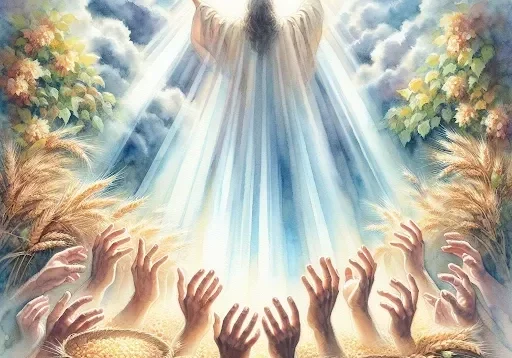
I’m a Christian and I Got No Startup Money!
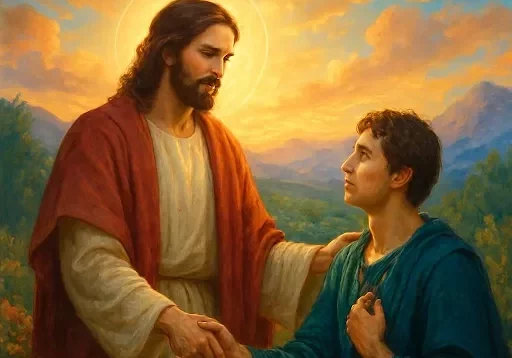
Tempted to Abandon My Calling
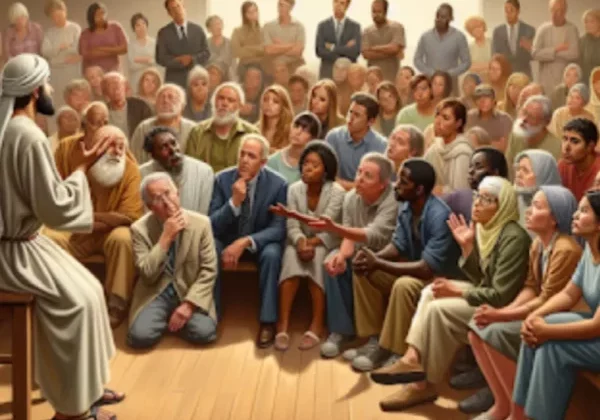
A Christian’s Call to Wise Listening





